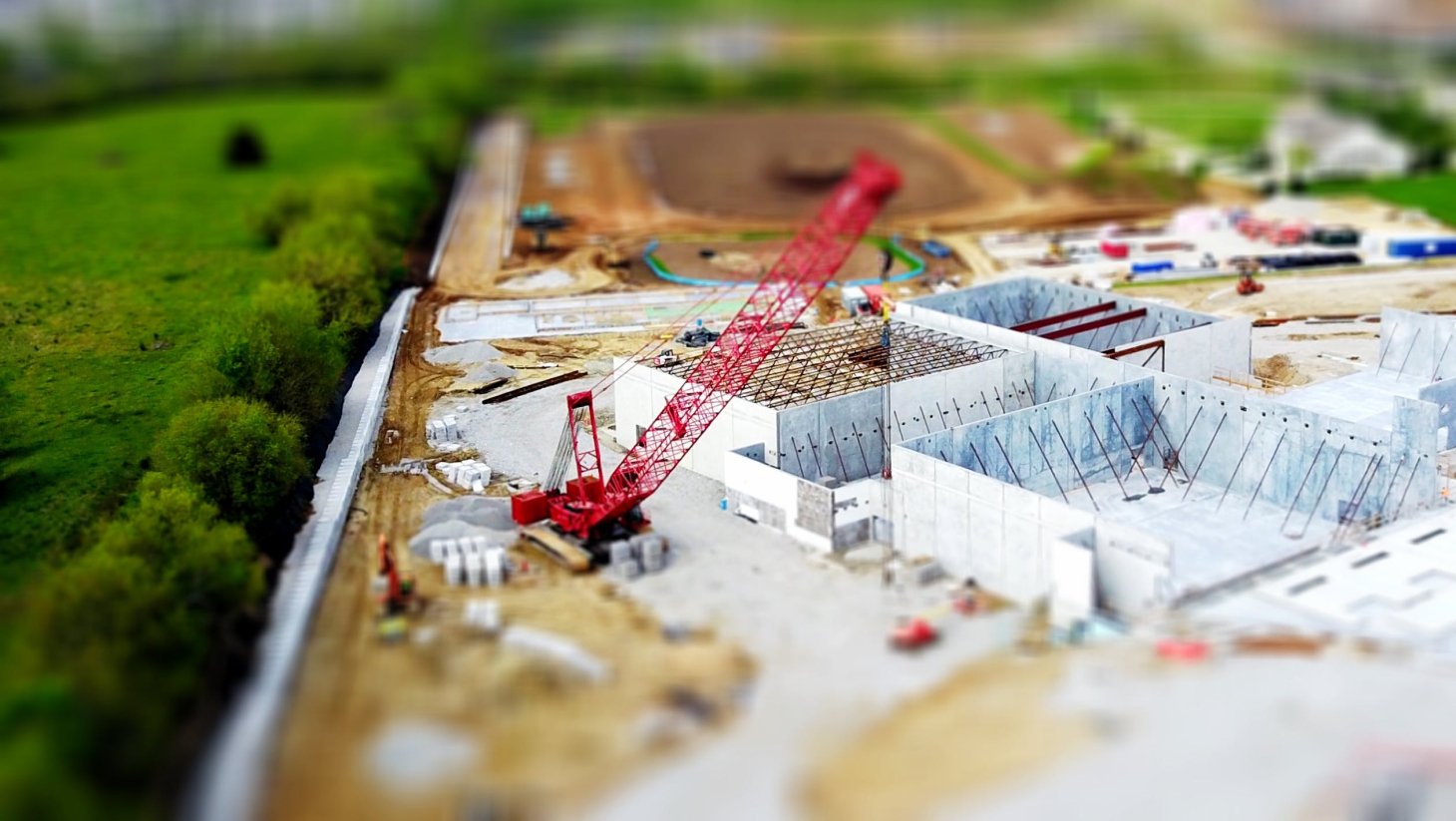
Amid a rather cautious mood at last week’s launch of Housing Market Intelligence Report, there was considerable optimism from the custom build sector. Is the time for an expansion in this much-overlooked area of the market now?
There are several reasons to suggest that it might just be. Firstly, the government’s focus on achieving a higher level of new homes is gradually relieving some of the traditional planning constraints. Secondly, even this government is realizing that to put all of its support for delivering new homes into the hands of the volume housebuilders may not be wise, and thirdly, the section of the population with the largest budget for new homes are the baby-boomers who are probably the group most likely to want a home built to their own individual specification.
With these factors in mind, it’s worth considering a series of legislative changes that are creating new opportunities for custom build and the (primarily SME) housebuilders who support it.
First the Housing White Paper, published March 2017: “the Government wants to support the growth of custom built homes”, which it says “are generally built more quickly and to a higher quality than other homes and tend to use more productive modern methods of construction”.
Then in July 2018, the newly updated National Planning Policy Framework made it a requirement for local authorities to keep a register of those seeking to acquire serviced plots in the area for their own self-build and custom house building. Critically, local authorities must also “give enough suitable development permissions to meet the identified demand”.
The date by which planning authorities need to demonstrate that they have met their statutory obligations is a year from now - 31 October 2019. And they must continue to do so in the following years, which is good news for those considering self-build.
So far, so good. There is also an argument suggesting that increased numbers of custom or self-builders will speed up the overall delivery of new housing developments. Sir Oliver Letwin’s independent review for the government (published June 2018) identifies the ‘absorption rate’ – the rate at which newly constructed homes can be sold into the local market without materially disturbing the market price - as a key factor in the cause of the gap between housing completions and the amount of land with planning permission already granted. The option to self-build tends to appeal to buyers who would normally eschew the purchase of a speculative new-build home, which means the total number of new-build homes will increase along with a faster build-out rate.
At H+H we see custom-build as an excellent way to introduce diversity into the housing market. While no doubt the vast majority of new homes will continue to be built by the volume housebuilders, a thriving custom-build market can only exert a positive influence, creating high-quality homes for people with a vested interest in ensuring they are more than fit for purpose and with a long-term interest in their value.
It should be no surprise that we take this view, given that aircrete provides an excellent solution for self-builders, providing a flexible method of build that can easily accommodate one-off designs. We even went so far as to produce a Thin-Joint Package Sale concept to support the SME builder serving this potentially expanding market.
The Government’s support for custom and self-build should be welcomed. To find out more about how H+H is positioned to support custom builders, visit our dedicated self-build website www.lifetimehouse.co.uk